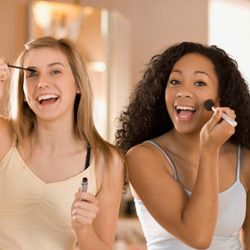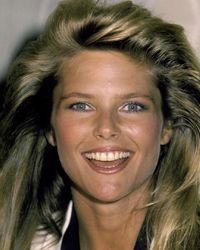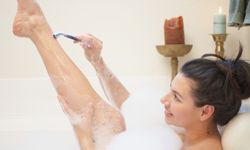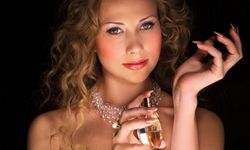The Greek myth of Narcissus is meant to be a cautionary tale. The handsome hunter looked into water and fell in love with his own reflection. He was unable to look away from the beauty in the water, and he died there, alone. The lesson for us: Don't obsess over your looks.
And yet, evidence suggests that we have very good reason to worry about our looks. According to scientific research, people deemed beautiful have certain advantages in life. It starts early, when cute babies receive extra attention from caregivers compared to more ordinary looking babies. Beautiful children tend to be teachers' pets, and good looks seem to help us get ahead in the workplace. Economists posit that attractive women earn 4 percent more than their less attractive counterparts, while handsome men make 5 percent more; that means that over a lifetime, a good-looking man could earn $250,000 more than a less attractive one [source: Bennett].
Advertisement
Even if we don't want to turn out like poor Narcissus, most of us usually want to look our best and try to reap those rewards associated with being beautiful. There are tons of products and procedures out there that claim they can help us achieve our goals, too. The problem is, what society considers beautiful has a tendency to change, which means our pursuit of beauty tends to be lifelong and subject to the whims of trendsetters. In this article, we'll look at 10 ways the standard of beauty has changed over the course of history.





